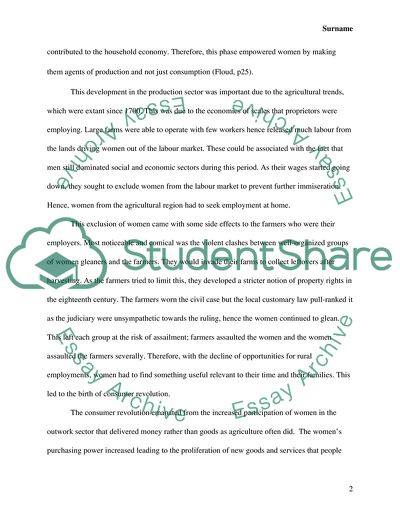Cite this document
(Effects of Economic Change on Women Workers Assignment, n.d.)
Effects of Economic Change on Women Workers Assignment. https://studentshare.org/gender-sexual-studies/1554509-how-did-economic-change-and-the-two-world-wars-effect-wome-workers-in-britain-between-1750-1950
Effects of Economic Change on Women Workers Assignment. https://studentshare.org/gender-sexual-studies/1554509-how-did-economic-change-and-the-two-world-wars-effect-wome-workers-in-britain-between-1750-1950
(Effects of Economic Change on Women Workers Assignment)
Effects of Economic Change on Women Workers Assignment. https://studentshare.org/gender-sexual-studies/1554509-how-did-economic-change-and-the-two-world-wars-effect-wome-workers-in-britain-between-1750-1950.
Effects of Economic Change on Women Workers Assignment. https://studentshare.org/gender-sexual-studies/1554509-how-did-economic-change-and-the-two-world-wars-effect-wome-workers-in-britain-between-1750-1950.
“Effects of Economic Change on Women Workers Assignment”. https://studentshare.org/gender-sexual-studies/1554509-how-did-economic-change-and-the-two-world-wars-effect-wome-workers-in-britain-between-1750-1950.


